Nepal, a remote, landlocked nation in Southeast Asia, is one of the world's largest Himalayan nations. With eight of the ten tallest mountains globally, including Mount Everest- the highest peak on the planet, Nepal is a country with a gorgeous Himalayan tapestry towards the northern region. The country flourishes diverse biome that features topographical lands that shelters various flora and fauna species. The diverse biodiversity of the country is a derivative of the country's rich vegetation and wildlife. With many destinations brimming with beautiful trek characteristics, trekking in Nepal is one of the most famous adventure activities. The natural abundance of Nepal extends to glaciers and Snowy Mountain peaks. The big mountains and the massive glaciers of Nepal are sources of Rivers and Lakes. Being a primary source for the water reservoirs, Nepal is an excellent destination that houses acreage of many sapphire Himalayan drinks of water tucked away on mountain crevasses. Many of Nepal's lakes have religious importance, and tourists and pilgrims come from all over the world to visit them.
Nepal's shimmering lakes are the country's jewels, contributing to the overall elegance of the scenery. Nepal's lakes are a natural occurrence that plays the role of vital signees of the area, with waters that reflect the nearby mountains on their surface and lake tinctures that imitate precious stones like lapis-lazuli azure.
Here is the list of 10 Popular Lakes in Nepal:
List of Popular Lakes in Nepal
Gokyo Lake
.jpg)
Gokyo Lakes are the world's largest freshwater lake system, situated in the Sagarmatha National Park. The Lake lies at an altitude of 4,700 to 5,000 meters above sea level. The Gokyo Lake is the most well-known and sought-after of the six major lakes. The Gokyo Lakes, designated as a Ramsar location, have become popular destinations for trekkers visiting the Everest area for the famous Everest Gokyo Lake Trek. The Longpongo Lake is the first to emerge in synchrony, followed by the Toboche Tsho and the Gokyo Tsho. It is also known as the Dudh Pokhari at times. The lakes receive water from various streams, including the Ngozumpa glacier and a stream from the Renjo-La Pass. The Gokyo Lakes are glacier-fed freshwater wetlands that feed into the Dudh Koshi Headway.
The Gokyo Lakes are naturally vulnerable because they are located in an ecologically unstable zone. The Lake is sacred to both Hindu and Buddhist pilgrims. During the auspicious occasion of Janai Purnima, pilgrims of both religions visit the Lake.
The Gokyo Lake is the home of Nag Devata, the Snake God, according to Hindu mythology. At the Lake's western end, there is a temple dedicated to Lord Vishnu and Lord Shiva. Due to religious indemnity, Flora and fauna around the Gokyo lakes are well kept.
Fewa Lake
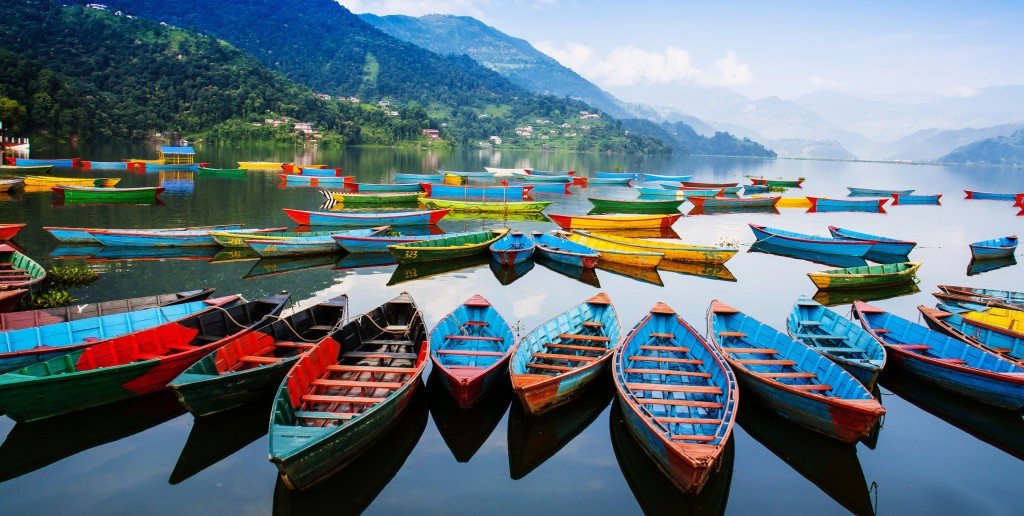
Fewa Lake, a freshwater lake situated south of Pokhara valley, is a prominent feature of Pokhara City. Fewa Lake, Nepal's second-largest Lake, is located at 742 meters, with the Annapurna Mountain Range just about 28 kilometers away.
Famous for casting a great reflection on the Machhapuchhre Himal's surface, Fewa Lake is often used for travelers' recreational boating. The Taal Barahi temple is located on a lake island. Fewa Lake, a major tourist attraction in Pokhara, has established a tourist district on its northern shore, known as the Lake-side, with hotels, restaurants, and bars catering to visitors. Trekkers heading to or coming back from Annapurna Base Camp trek prefer spending relaxing time boating around the Fewa Lake.
Tilicho Lake

Lying at a height of 4919 meters Tilicho Lake is the highest Lake in Nepal, located in the Manang District of Gandaki Zone. The Lake is about 55 km away from the beautiful city of Pokhara. Tilicho is a glacial Lake, an essential stopover during the Annapurna Circuit trek. Adding more beauty to the Lake, snowy white peaks such as Khangsar, Nilgiri, Muktinath, and Tilicho peak surround the Lake acreage.
In the early 2000s, the Lake thrives with adventurists for scuba diving. It freezes during the winter season, forming a thick ice sheet on its surface. Lastly, as it lies in the Annapurna Conservation Area, travelers reach the Lake after going through the Thorang La Pass.
Gosaikunda Lake
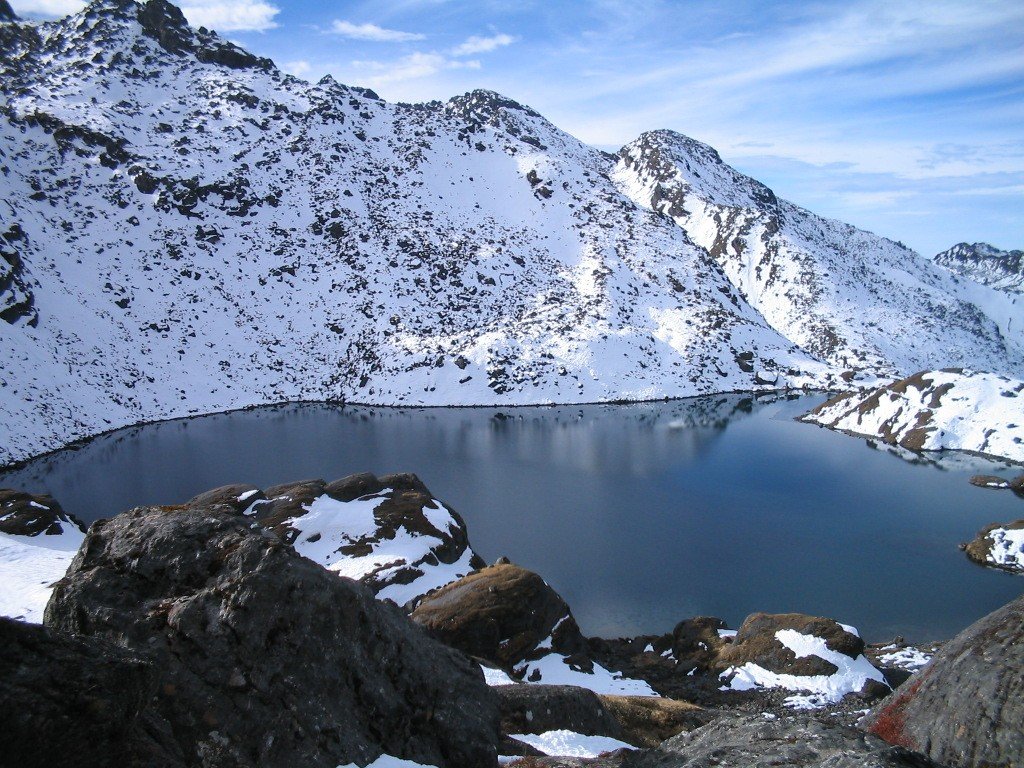
Located in Tibet's southernmost point near the Nepal–Tibet border, Gosainkunda Lake is one Hindu and Buddhist pilgrimage site. Gosainkunda Lake, an oligotrophic freshwater lake in Nepal's Langtang National Park, is also a Ramsar site. Legends say it is a sacred abode of Lord Shiva, and pilgrims consider the Lake as Shiva's Lake. In Tibet, the Lake is known as "Pamchu," and in China, it is called "Manaslu Ochu." In Newari culture, people go through a 5-day trek called "Silu" to Mansarovar (Gosainkunda) to take a dip in the Lake, believing it will wash away their sins.
As per the myth, a married couple should not visit the Lake together. Gosainkunda is the home of the Hindu deities Shiva and Gauri. Its waters are considered sacred and have special significance during the Gangadashahara and Janai Purnima festivals. Large crowds of pilgrims from Nepal and India visit the Lake during the festivity season. Trekkers navigating Langtang Valley also extend their journey to Gosainkunda Lake.
Rara Lake
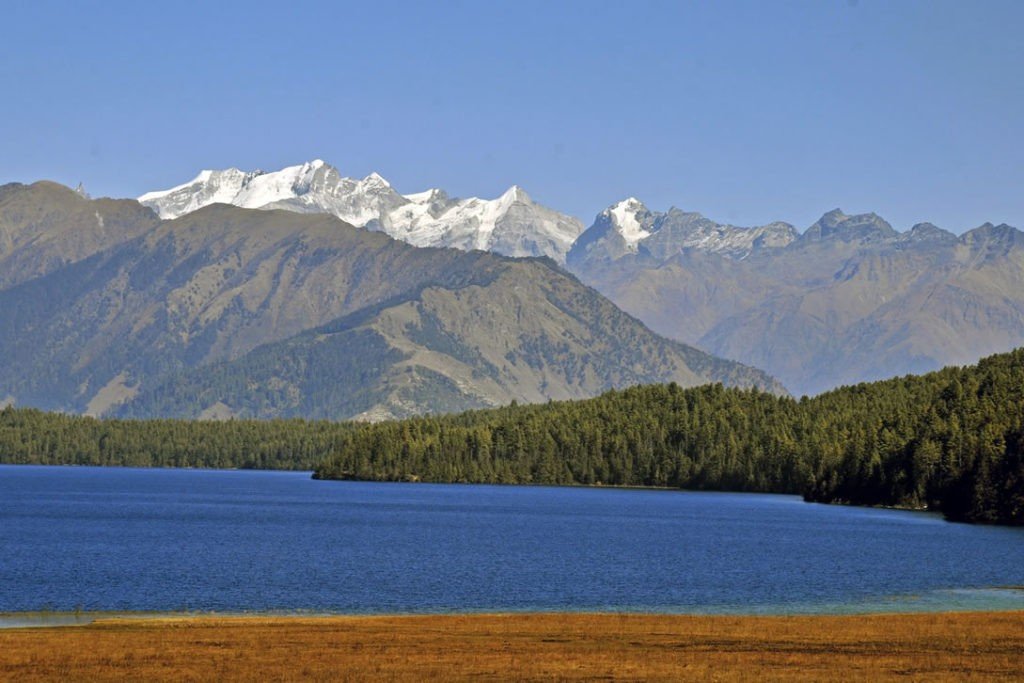
Locally known as Mahendra Daha, Rara Lake is the most prominent and deepest Lake of Nepal. "Daha" means a pool of water or pond in English. People also refer to Rara Lake as "a shimmering blue diamond ring set amidst surrounding white peaks" because of its bright blue hue. It lies in the Karnali Zone in the Jumla and Mugu districts at 2990 meters. The Lake became a Ramsar site in September of 2007 and is one of the main features of Rara national park. Due to its remote nature, travelers looking for solitude find the trekking route to Rara interesting.
With the reflection of Sisne and Kanjirowa mountains' shadows on its waters, Rara is a gorgeous lake with fantastic surroundings with a unique floral and faunal presence with rare and vulnerable species. People who live in the Lake's vicinity are primarily involved in agriculture as it is the region's principal occupation. Trekking trails to Rara offer views of terrace farms and chartreuse terrains teeming with vegetation growth. The Thakur society is the dominant ethnic group along the Lake. On the eastern corner of the Lake, there is a sacred temple named Thakur Baba's Temple.
Phoksundo Lake
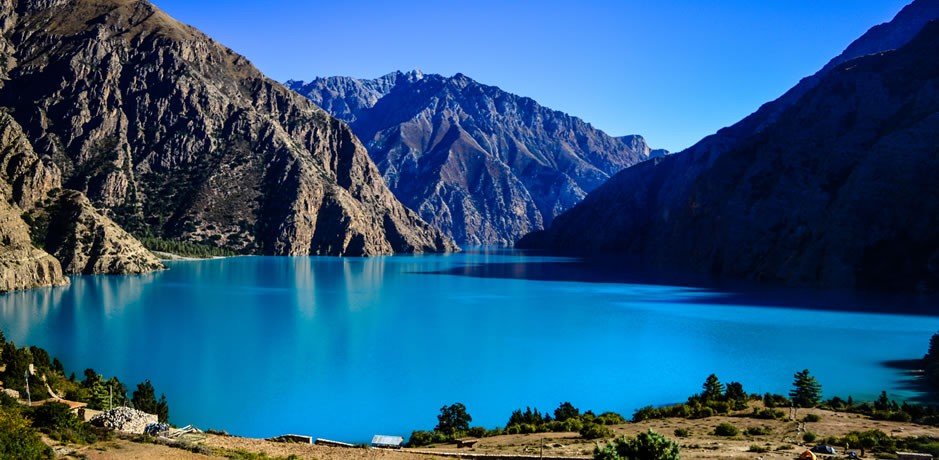
Phoksundo Lake is a freshwater lake located in the Shey-Phoksundo National Park. It is a majestic sapphire isle that celebrates natural beauty. Phoksundo Lake, situated at an elevation of 3611 meters in Dolpo, is also a Ramsar Site. On the Lake's southern end, the village of Ringmo sits on the 30,000- to 40,000-year-old landslide dam that formed the Lake.
The Lake's waters dive over a 167-meter-tall waterfall after passing through the fence. More than 20 stupas adorn the Lake's southern belt, and only one stupa is built on the eastern slope. People perform annual prayers and worship here.
Upper Dolpo follows the traditional Tibetan culture, whereas Lower Dolpo, including Ringmo village, practices Buddhism and Bon, making Phoksundo Lake a popular pilgrimage destination. Trekking in the Lower and Upper Dolpo Trek is well-known for its stunning scenery, rich cultural diversity, and mountain top views.
Begnas Lake
Begnas Lake lies in Nepal's Kaski district, south-east of the Pokhara valley. The Lake, which is one of eight in Pokhara Valley, is the second-largest after Fewa Lake. The area of Begnas Lake is a popular destination for tourists visiting Pokhara. People around the Lake are involved in fish farming, and some use the water of the Lake for irrigation. The Lake surrounds the breathtaking paddy fields, offering a stunning destination for Annapurna region treks.
Imja Tsho Lake
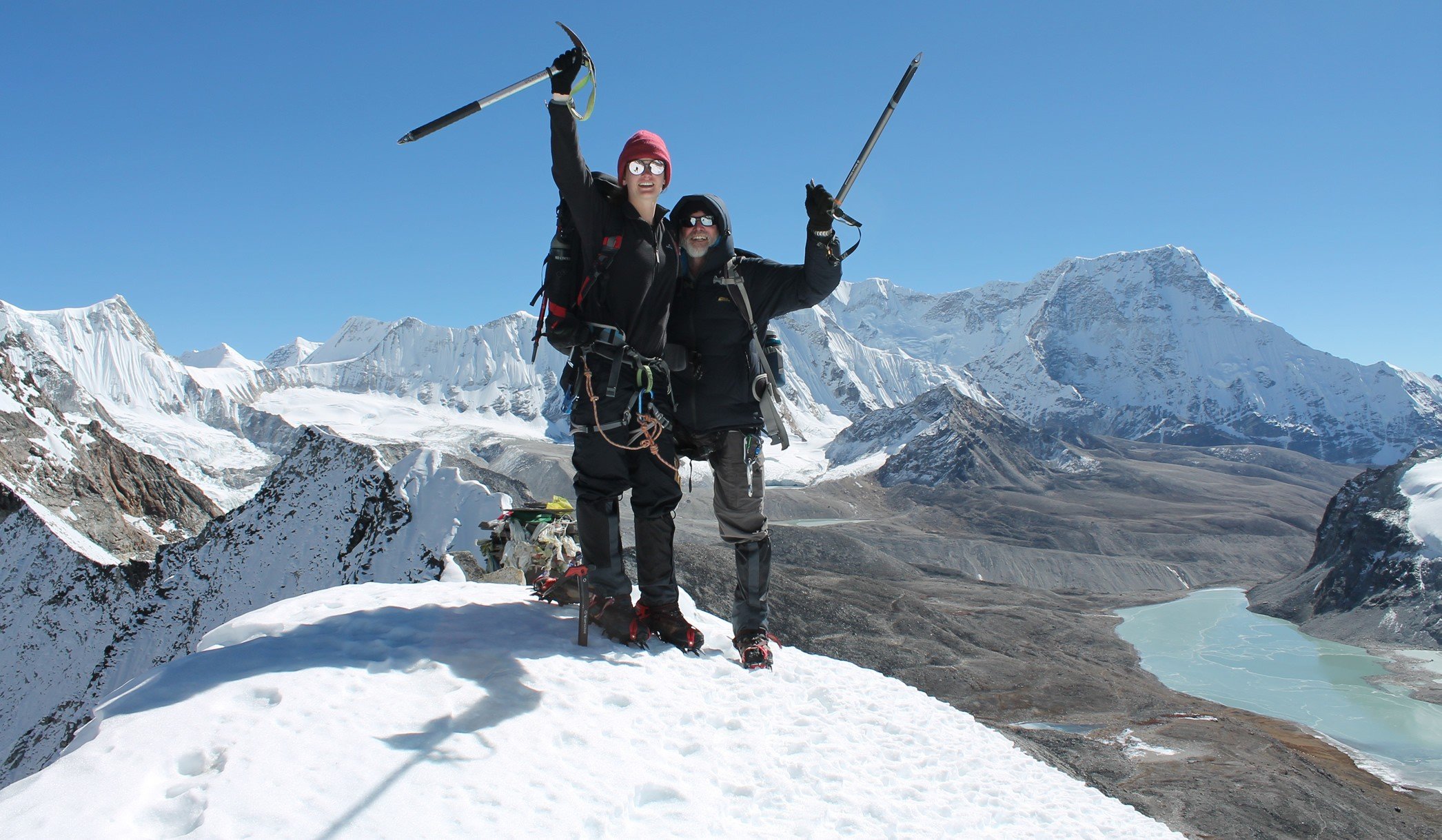
Imja Tsho Lake is a glacial lake formed when melting water started to pool at the Imja Glacier foot; it is one of the Himalayas' fastest-growing lakes. Located in Nepal's Everest region, the catchment of Imja Tsho occupies the northeastern part of the Dudh Koshi sub-basin. A terminal moraine, Imja Tsho hold the Lake. The Lake threatens downstream communities with the potential for a glacial outburst flood. Imja Tsho Lake, located on the lower part of the glacier at the snout of its mother glaciers, the Imja and Lhotse Shar Glaciers, is rarely seen on the famous Everest Base Camp Trek with Island Peak. The Nepalese Army built an outlet and diverted over 4 million cubic meters of water from the Lake in 2016.
Panch Pokhari (Lake)
Panch Pokhari is a naturally beautiful lake of Nepal and a religiously affluent sacred destination of Nepal. The Lake is the ninth highest-altitude wetland in the world. The Lake is at a height of 4100m above sea level and lies in Sindhupalchowk, Nepal. The Lake is the combination of five sacred pools, hence the name Panch Pokhari. Panch is a Nepali word for the number five, and Pokhari translates as the pond.
The Lake is one of the holy destinations for Hindu pilgrims during the Janai Purnima festival. Pilgrims globally travel to the Lake to celebrate important religious events. It is one of the closed high-altitude lakes from Kathmandu, but it is still remote and easily accessible. Panch Pokhari journey goes through the rural villages of Sindhupalchowk, which are mainly dominated by the Tamang and Sherpa communities. Most of all, it is a serene destination filled with scenic natural views and cultural flairs.
Tsho Rolpo Lake
Tsho Rolpo, one of Nepal's largest glacial lakes, is situated in the Rolwaling Valley of the Dolakha district. The Lake has increased significantly in size over the last 50 years when glacier ice has melted. Hence, the Lake threatens to burst through its unstable dam, which risks people's lives in its surrounding areas. The Lake indeed is one of the most significant threats to humankind and one of Mother Nature's beautiful gifts. The Lake is set amidst the Rolwaling valley between the Everest and Langtang ranges, just below the Gaurishanker range to Tibet's south border.
Navigating the alpine forests, dense glaciers, moraines, and secluded mountain villages in the high pastures, travelers make their way to Tsho Rolpa Lake. The culture is significant around these areas are Sherpa ethnic groups offering travelers with surreal rural mountain cultural experience. The Lake boasts rich natural biodiversity and magnificent views of high-altitude peaks, giving travelers a real sense of traversing off Nepal's beaten path.
Popular questions about the Lakes in Nepal
How many lakes are there in Nepal?
Nepal is home to over 5,300 lakes, varying in size and type. These include glacial lakes, tectonic lakes, and oxbow lakes. Notably, around 2,070 of these are glacial lakes, with many more smaller ponds and bodies of water.
Which is the biggest lake in Nepal?
The biggest lake in Nepal is Rara Lake, also known as Mahendra Daha, located in the Karnali Province. It has an area of 10.4 square kilometers and lies at an altitude of about 3200 meters above sea level.
What are the 5 lakes in Pokhara?
The five main lakes in Pokhara, often referred to as the "Lake Cluster," are Phewa Lake, Begnas Lake, Rupa Lake, Gunde Lake, and Neurani Lake. Wikipedia states that the Lake Cluster includes nine lakes in total, but these are the five most commonly cited and visited. Other lakes in the Pokhara valley include Khaste Lake, Dipang Lake, and Maidi Lake.
Which district is known as Seven Lakes of Nepal?
The Kaski District in Nepal is often called the "Seven Lakes District" because it is home to several prominent lakes, including Phewa, Begnas, Rupa, Khaste, Maidi, Dipang, and Kamal Pokhari. While other districts in Nepal also have lakes, Kaski is particularly known for its collection of these natural bodies of water.
What is the name of the famous lake in Nepal?
The most famous lake in Nepal is Rara Lake, also known as Mahendra Daha. It's located in Rara National Park and is Nepal's largest freshwater lake. Rara Lake is situated in the Karnali Province, between the Mugu and Jumla districts.
Which is the smallest lake of Nepal?
The smallest lake in Nepal is Maidi Lake, located in Pokhara. It is a freshwater lake covering an area of 1.17 hectares.
These are some of the beautiful lakes of Nepal that are popular and hold records of their own. Some are the biggest in the area; meanwhile, some is a popular tourist destination. All the while, there are so many beautiful Lakes that are hidden and secret to most. While traversing through a route to any of the given lakes, travelers are sure to encounter a few more unnamed lakes along their journey.



Post a Comment